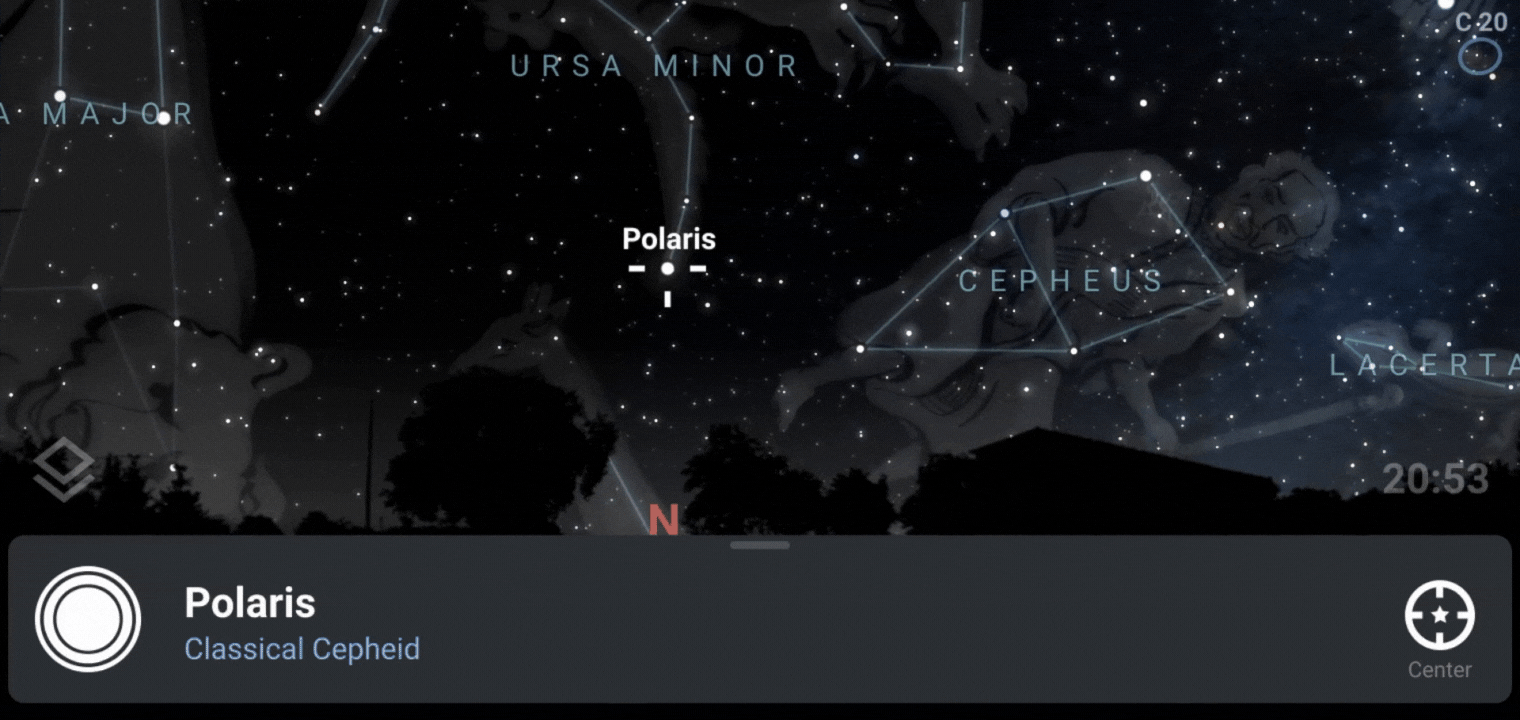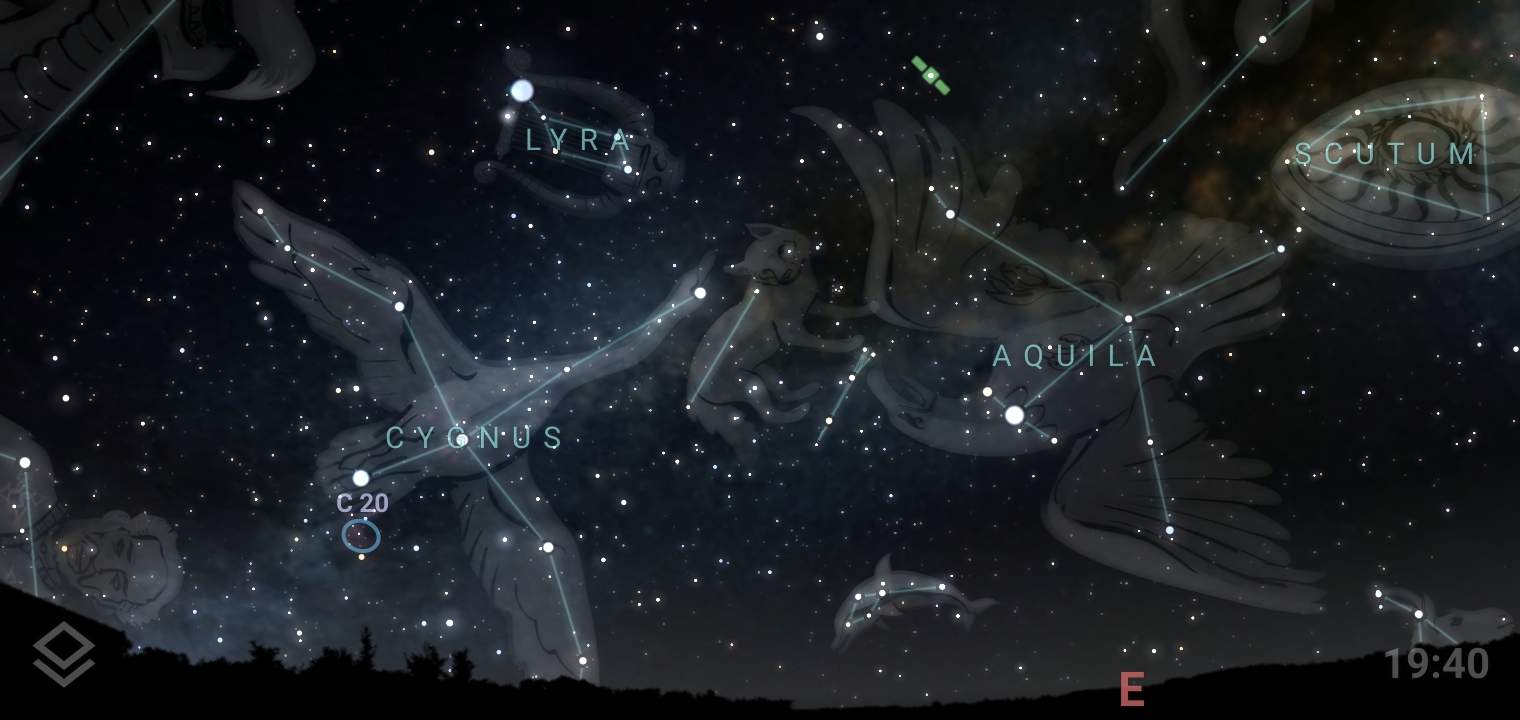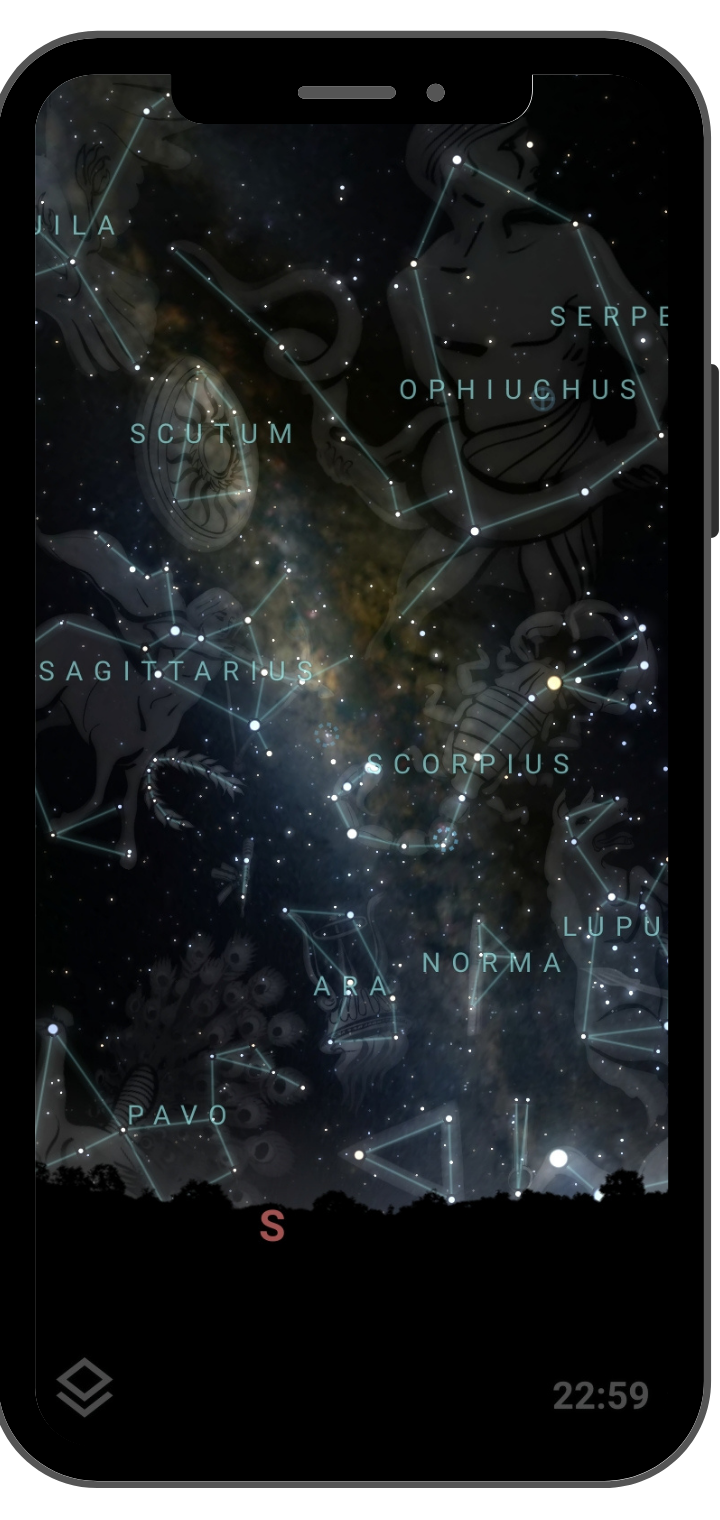It’s summer, a time when most people unwind and take a break from life’s many stressors. If you are one of the many who plans on spending their summer away from the city’s bright lights, take a moment to glance up at the clear summer night sky and, like our ancestors, spend the evening sharing tall tales and familiarizing ourselves with the tapestry of distant stars above our heads.
Summer, in general, is a great time for stargazing, and with it comes an assortment of constellations and asterisms that are the best visible between the months of late June to late September in the Northern Hemisphere.
Before we get to know our summer constellations, it’s best to be familiarized with a few of the circumpolar constellations — constellations that never set below the horizon. These constellations allow us to navigate the stars with ease.
First on the list is the Big Dipper, an asterism composed of seven bright stars that make up the tail of Ursa Major, the Great Bear. It is associated with the Northern Hemisphere, for a good reason. Look to the north, and you’ll be able to easily find the Big Dipper. During this time of the year, it’s tilted as if spilling its contents. Trace a line between Merak and Dubhe — the two stars on the dipper’s edge — and the line will be pointing to the North Star, Polaris.
You might have heard about Polaris, the northernmost star in the night sky. It is closely located to the celestial North Pole, meaning that it stays fixed while all the other stars circle around it. This has made Polaris an important star for navigators in the Northern Hemisphere and a favourite object for astrophotographers.
Polaris is also the tip of the Small Dipper, an asterism within the Ursa Minor, the Small Bear. Depending on where you are, the stars that make up the smaller bear are hard to see, but you should be able to make out the Small Dipper.

Once you are able to locate the Small Dipper, we can begin to traverse the night sky without getting lost. Since it is summer, we will start with the splendid Summer Triangle.
The Summer Triangle is not a constellation, but an asterism — a group of prominent stars that form a recognizable shape. The three stars that make up this stellar triangle are the brightest of three constellations: Deneb, in the constellation of Cygnus, the Swan; Vega, in the constellation of Lyra, the Lyre; and Altair, in the constellation of Aquila, the Eagle.

The shape of the constellations often don’t follow the image we have of them in our heads, but the next one on the list thankfully does. Moving over to the southern horizon, we will find *Scorpius*, the constellation of the Scorpion. What makes this constellation so interesting is that it is located in the centre of the *Milky Way* band, which is home to many deep sky objects. *Antares*, the brightest star in the constellation, is the stellar scorpion’s heart and is also one of the largest stars that is visible to the naked eye.

Available on Google Play and the iOS App Store
To the east of the scorpion is the constellation of Sagittarius, the Archer. Sagittarius takes the form of a centaur, a horse-human hybrid with the body of a man atop the four legs of a horse. In the night sky, Sagittarius can be seen pointing his bow at the scorpion, it is said that Sagittarius is shooting the Scorpius, which has been sent to kill Orion, the Hunter. Sagittarius, nowadays, is commonly seen as a teapot asterism. On a clear, good night, you might be able to see what looks like steam coming from the tea pot’s stout.
We hope that was informative! Follow us on Twitter for the latest updates!
Tweets by StellariumLabs
App Store®
Google Play and the Google Play logo are trademarks of Google LLC.

